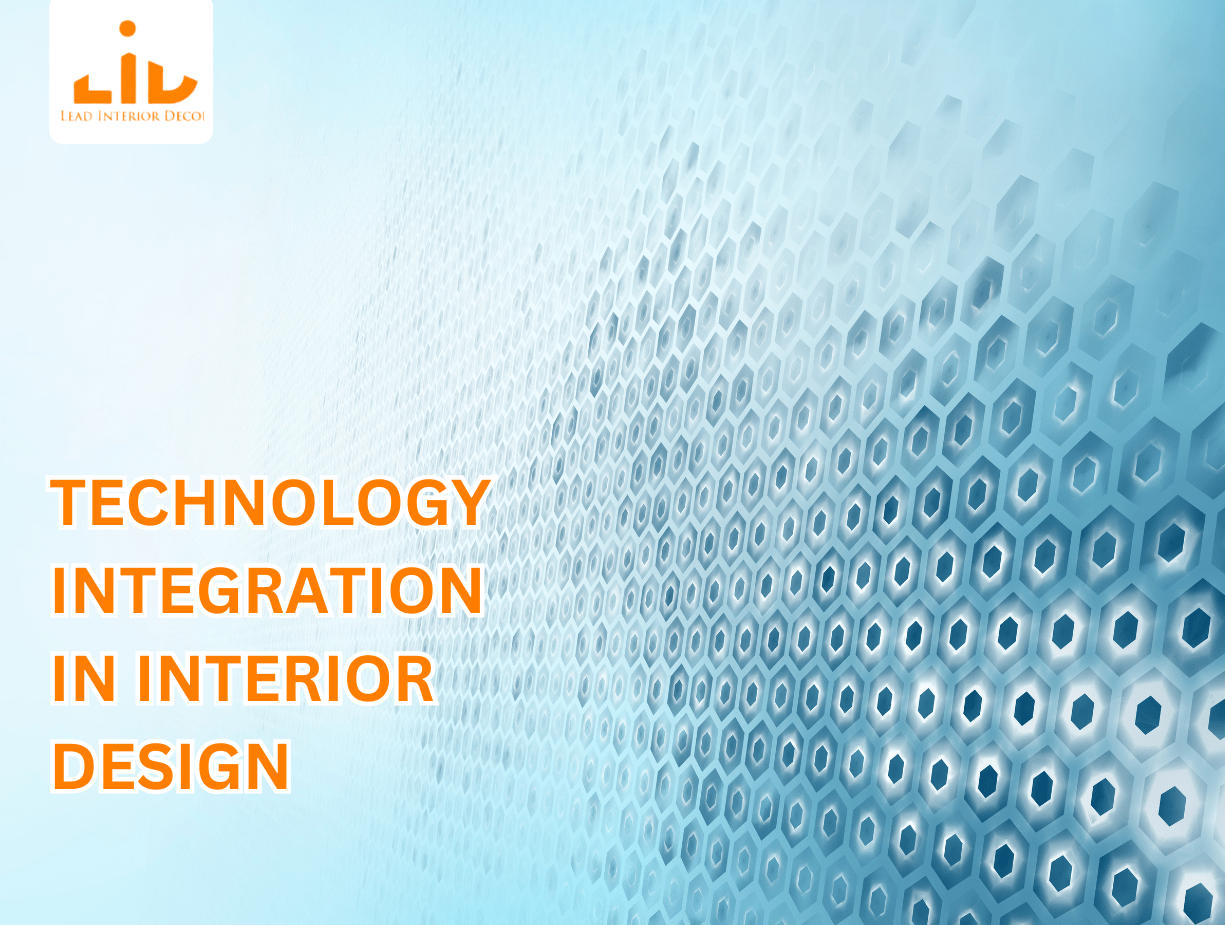The integration of technology in interior design has revolutionized the field, enhancing creativity, collaboration, and efficiency. From the early adoption of CAD software to the latest developments in Virtual Reality and Augmented Reality, technology has empowered designers to push the limits of creativity. Visionaries in both design and technology have shaped this integration, while also enabling more personalized and bespoke solutions for clients. Looking ahead, the future of interior design integration with technology holds emerging trends such as AI and machine learning, as well as a focus on sustainability and environmental considerations.
HISTORY
Technology has been integral to interior design for years, but quite a bit more limiting. Hand-drawn sketches and physical models were highly utilized tools by designers to convey a specific idea to clients. However, with the advent of CAD software in the 1980s, things took a new turn for interior design. The technology made designing much easier by enabling designers to produce complex three-dimensional models of their designs with much ease and great accuracy. This was the turning point of incorporating technology into interior design, after which designers conceptualize and bring their vision into reality very differently.
IMPORTANT FIGURES IN TECHNOLOGY INTEGRATION
Zaha Hadid, a renowned architect and interior designer, revolutionized interior design by integrating advanced technology with avant-garde aesthetics. Her iconic structures, such as the Heydar Aliyev Center and the London Aquatics Centre, redefined the architectural landscape and inspired a new generation of designers. Hadid’s pioneering work continues to demonstrate the immense power of creativity, innovation, and technology in shaping the world around us.
IMPACT OF TECHNOLOGY INTEGRATION
The integration of technology into interior design has revolutionized the industry, providing professionals with advanced tools and software to create intricate designs. Virtual and augmented reality have created a virtual yet real and interactive 3D environment, allowing designers to visualize their ideas with realism before implementation. This technological advancement has elevated the designing process and overall interior design projects to new heights of creativity and perfection.
INFLUENTIAL PEOPLE IN TECHNOLOGY INTEGRATION
The French designer Philippe Starck is celebrated for his influential work in integrating technology into interior design. His use of advanced software tools enabled him to produce bold and unconventional designs, solidifying his status as an icon in the industry. The integration of technology in interior design provides designers with complete access to modern tools and software, allowing for greater creativity and innovation. Additionally, technology streamlines the design process, enabling faster work with greater precision and providing clients with immersive virtual environments for better decision-making. However, the dependence on technology may limit creativity and pose cost barriers for smaller design firms, potentially erasing the human factor in design.
FUTURE DEVELOPMENTS
The future of integrating technology into the design process is exceedingly promising and holds significant developments. AI and digital fabrication are transforming the industry by enabling designers to work with complex and sophisticated designs with ease. Additionally, sustainable materials and 3D printing are set to play a more prominent role in interior design, allowing for environmentally friendly and innovative designs. These advancements will shape the way we interact with and experience interior spaces in the years to come.
CONCLUSION
The integration of technology has revolutionized the interior design industry, providing designers with new tools and possibilities for creating innovative and sustainable designs. Advanced software programs, virtual reality, and smart home technologies have enabled designers to visualize spaces in new ways, experiment with materials and lighting, and produce functional and environmentally friendly designs. While technology has its challenges, designers who embrace and master it can push the boundaries of the industry. It’s crucial for designers to strike a balance between technology and creativity, as creativity is what sets designers apart. By merging creativity with the latest technological developments, designers can stay competitive in the ever-changing industry. The future of interior design is bright, and technology is the catalyst for creating inspiring and supportive spaces. For assistance in keeping pace with the industry’s demands, feel free to reach out to Lead Interior, an interior décor company ready to revolutionize living and working environments.
